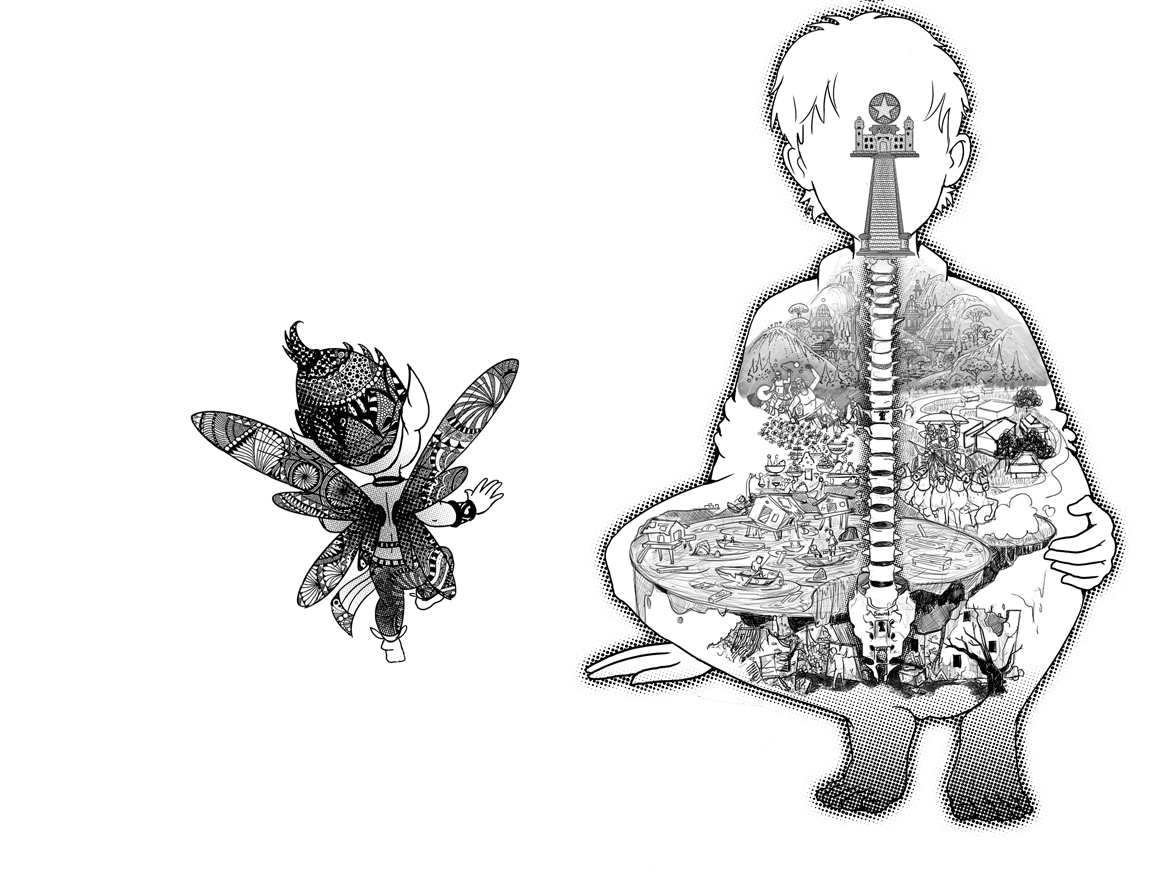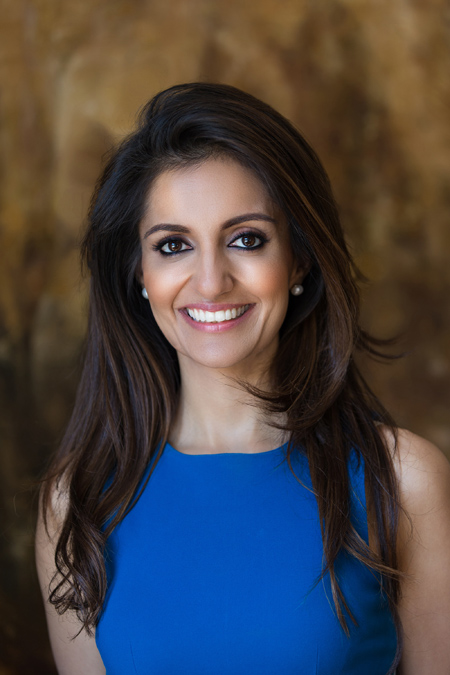

Author Sonal comes up with a book for overcoming evil.
Sonal Sachdev Patel along with her friend Jemma Wayne-Kattan co-authored the Book “Gita: The Battle of the Worlds” based on a sacred Gita, it explores ideas of meditation and introspection, through a magical, fantastical adventure story of young boy.
Sonal shares her thoughts about the book how she finds simple life solutions through the scriptures of Gita with PEAKLIFE.
Where did the idea of the title “GITA: THE BATTLE OF THE WORLDS ” came up from?


I watched my Mother read the Gita every single day since I was born. I saw what a special relationship she had with this text. When I read Paramahansa Yogananda’s interpretation, it gave me a new insight into the Gita that really inspired me. I wanted my children to have a connection with this holy scripture and see the relevance of it to their modern-day lives. That was what led me to want to create this new story, and that’s when I approached my childhood friend Jemma Wayne Kattan to co-create this new work. Having meditated for over 25 years, I had an insight into my Guru’s teachings and as Jemma is a prize-winning author I knew she would be a brilliant partner to collaborate with. Our friendship has spanned over 30 years and combining our skills on this project has been such a dynamic and energising process.
Tell us about the highlights of the book, and what should one look forward to while reading it.
The highlight of this book is the story itself and the journey that our main character Dev goes on, in terms of losing his Father. Also, his new-found friend Sanjay, and the epic journey he undertakes through all sorts of magical realms and lands, in order to find the noble warrior Arjun. Sadhguru said about Gita: The Battle of the Worlds, “It’s time that the Gita is presented in is true context – not as a moralistic or religious book, but as a book that is relevant to everybody’s life.” The beauty of presenting some of Gita’s messages in this way is that it is instantly engaging and interesting for children. Rather than preaching the messages, it was important for us from the beginning to show rather than tell them.
The world has come to an equilibrium where people have started speaking about mental illness, how do you think we can help the children in a similar way.
Share with us you’re a personal instance or story that inspired you to write this book.
Working in the not for profit space means that I often see first-hand issues of gender violence, mental health and discrimination. Much of this stems from the lack of respect for others, and ourselves also. Sometimes disharmony is caused in the name of religion when really we are all tied together by our shared humanity. I used to see the Bhagwad Gita sitting on people’s shelves gathering dust as it just wasn’t being opened. There was a disconnect between the problems we have, and the places we go to look for solutions. The Gita and all our world religious texts have so much wisdom to offer us and yet we seem unable to access it. We are more likely to reach for the speed dial of our Mother or best friend than turn to the Gita. Jemma and I wanted to bring out the universality of the Gita for children in a modern and relatable way, and for children of all faiths and none. Many of the core concepts in the Gita such as meditation, karma, duty – are valuable for all humanity. We think a good story and a timeless message appeal to everyone regardless of whether they consider themselves religious or spiritual.
Tell us about your foundation GMSP FOUNDATION, how does the foundation help children and Women.
Our Foundation invests in women and girls as a focus as they are changemakers and lift up their entire communities. We partner with a dynamic and driven grassroots NGOs to work at the community level, particularly around livelihood creation, legal support and the perception of girls and women in society. This last one is a broad but important one – changing the way girls are perceived and valued is a key part of creating respect and equality in our society.
More from our site
Recent Posts
Shaping Tomorrow’s Golf Champions With Leela Palace Bengaluru
The 3rd edition of The Leela Golf Tournament celebrated young talent and brought together skill, precision and camaraderie!
The 3rd edition of The Leela Golf Tournament celebrated young talent and brought together skill,…
The Duo Behind KAIA Goa & Gigi Bombay, Redefines Hospitality
In conversation with the founders of Pawan Shahri and Nikita Harisinghani, the duo behind Chrome Hospitality Asia
In conversation with the founders of Pawan Shahri and Nikita Harisinghani, the duo behind Chrome…
Precision, Durability, and Swiss Legacy
Victorinox launches the Swiss Army collection, featuring three distinct models that emphasise exceptional quality, resistance and versatility
Victorinox launches the Swiss Army collection, featuring three distinct models that emphasise exceptional quality, resistance…
A New Era of Luxury Interiors With Sussanne & Gauri Khan
Sussanne Khan & Gauri Khan unite to bring an awe-inspiring, six-storey sanctuary of luxury, art, and design in Hyderabad
Sussanne Khan & Gauri Khan unite to bring an awe-inspiring, six-storey sanctuary of luxury, art,…
Air India x Lufthansa: Fly To These International Destinations Now
Expanding their codeshare partnership, Air India and Lufthansa Group have added 100 new routes to their combined network
Expanding their codeshare partnership, Air India and Lufthansa Group have added 100 new routes to…
Luxury’s Most Recent & Vibrant Launches This Season
The luxury landscape is brimming with bold innovations, striking partnerships, and immersive experiences
The luxury landscape is brimming with bold innovations, striking partnerships, and immersive experiences

